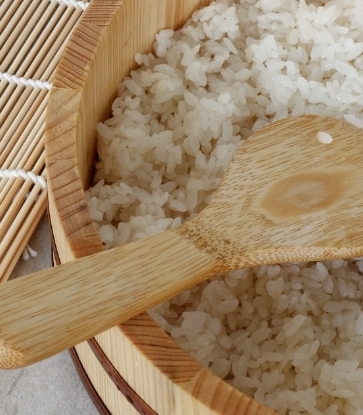Fresh off his win on the hit reality television cooking show MasterChef Brazil Professionals last year, Pablo Oazen has been cooking up a storm in the kitchen. Today, he is the chef-owner of Garagem Gastrobar and Bull & Beer, both in Juiz de Fora near São Paulo.
A proud native of Minas Gerais, Oazen has a strong focus on using ingredients indigenous to his hometown in south-eastern Brazil. Minas Gerais has long been known as one of Brazil's major food hubs, serving up the best regional cuisines in the South American country. The state capital of Belo Horizonte is chockfull of rustic cuisine, from the famed farmhouse restaurant Xapiru that is known for its homespun dishes to the bustling Mercado Central central market that is a labyrinth of stalls stalling nuts, fruit, ingredients all over Brazil. Ingredients that are special to Minas Gerais such as queijo Minas, a soft, white cheese and farofa (fried cassava flour) that is eaten with rice and beans.
Oazen was in town recently for a four-hands collaboration with Heidi Flanagan, chef de cuisine of Origin Grill in Shangri-La Hotel Singapore. We catch up with him to learn about his four favourite ingredients to cook.

Not to be confused with the bell-shaped wax apple fruit, jambu in Brazilian cooking is a popular plant ingredient. The jambu flower is most commonly used in duck soup and in tacaca, a soup made with yellow peppers, tapioca and dried shrimps. The plant can also be infused in cachaça, a spirit made from fermented sugarcane. Biting into the jambu flower imparts saltiness, followed by a numbing sensation that becomes more addictive.

Like to munch on peanuts, cashews and chocolates? Get a combination of these flavours in the baru nut, which is grown in Cerrado, a tropical savanna ecoregion in Brazil. Some hail it as the “gold of the Cerrado” as the nut is chock-full of nutrients. It contains fewer calories and fat than most nuts and has high amounts of in fibre, vitamin E, magnesium, potassium and zinc. The nut is typically roasted which brings out its toasty flavours.

Originated in Goias in Central Brazil, this peculiar fruit changes colour from purple to dark green and finally light green as it matures. Equally strange is the taste of its edible pulp that is a cross between a citrus fruit and a cheese, which makes it a rather acquired taste. It is a slightly sweet and aromatic fruit that tastes something like fermented mango. The fruit is used in one of Brazil’s most popular dishes, rice cooked in chicken stock.

4. Black Beans
A staple in Brazilian cuisine, black beans, or feijoa can be found in many dishes in the South American country. No serving of rice is complete with a scoop of black beans. Native to the Americas, black beans, which hail from the family of kidney beans, have a satin-like black skin with a white centre. When cooked, the beans have a creamy texture with a subtly sweet flavour. The protein-packed Feijoa is a key ingredient in one of Brazil’s national dishes, feijoada, which is a rich and smoky stew cooked with black beans, sausages, bacon and pork. The stew is served with rice, greens and wedges of orange. Interestingly, Brazilians eat this casserole dish on Wednesdays and Saturdays, as part of tradition.





















